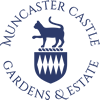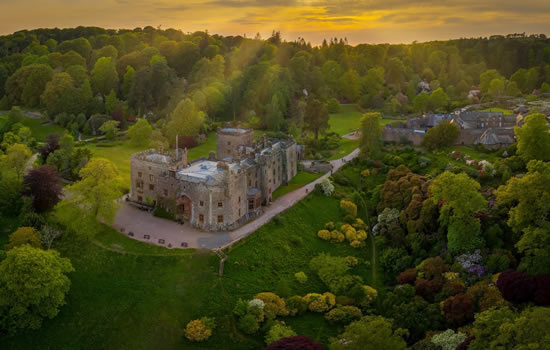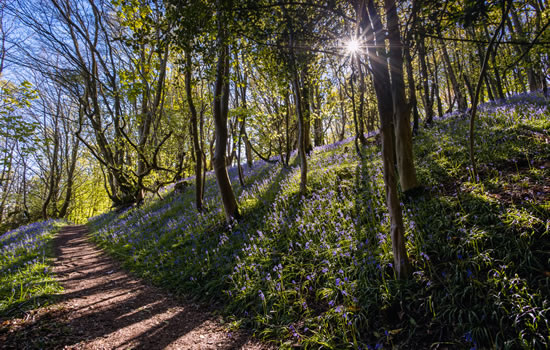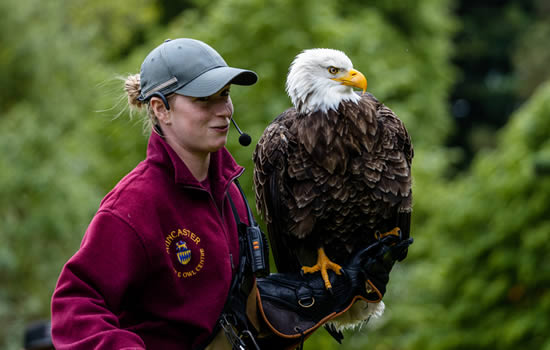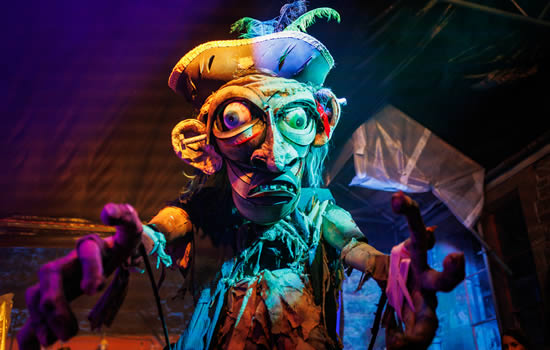History of the Muncaster gardens
The history of the gardens stretches back centuries. The estate has been in the hands of the Pennington family for over 800 years and many fashions in horticulture have come and gone over this period, though the gardens have always been amongst the best of their kind. The earliest surviving feature dates from the 1780s – the magnificent terrace built by the first Lord Muncaster. As well as extending and remodelling the Castle, he carried out huge improvements in the gardens including planting hundreds of thousands of trees, providing the shelter required for the exotic collections of later generations, and building the grand entrance gates.
The following centuries saw an explosion in the range and variety of plants in the garden, fuelled by the Victorian passion for plant hunting. Muncaster was at the forefront of the new craze and many of our rarest plants date from this era. Through connections with Kew and the Ramsden estate at Bulstrode in Buckinghamshire, many of the most sought-after plants of the era found a home here.
Sir John Ramsden, who inherited the Estate in 1917, was particularly keen in this regard, sponsoring many expeditions by early twentieth century plant hunters, most notably Frank Kingdon-Ward, Sherriff and Ludlow and George Forrest. Some of their original discoveries are still in the gardens. We propagate the rarest species to ensure that the legacy of these plants and the stories connected with them continues, particularly since many of them are now endangered in their original habitats.
Sir John also started planting with rhododendron seedlings from Bulstrode after the first World War and embarked on breeding hybrids. He was helped in the gardens by John Guille Millais (son of John Everett Millais of the pre-Raphaelite Brotherhood) and the gardens were constantly improved between 1920 and his death in 1958.
With the mix of garden plants and wilder woods, the management of the gardens is a delicate balancing act. There is an ongoing programme of maintenance and renewal, essential as many of our trees and shrubs now fall into the “veteran” bracket. Where older specimens have been had to be removed, it gives us an excellent opportunity to renew with younger plantings, thus securing the beauty of these gardens for the next generations.











